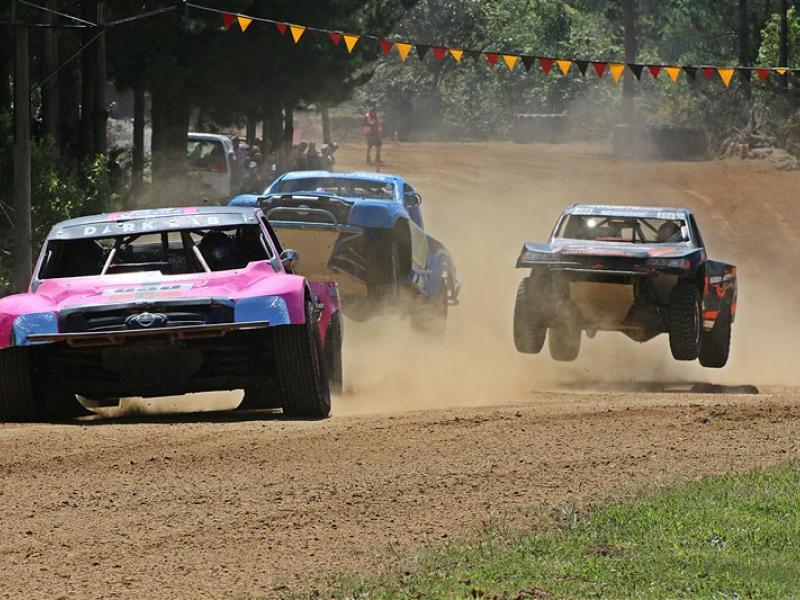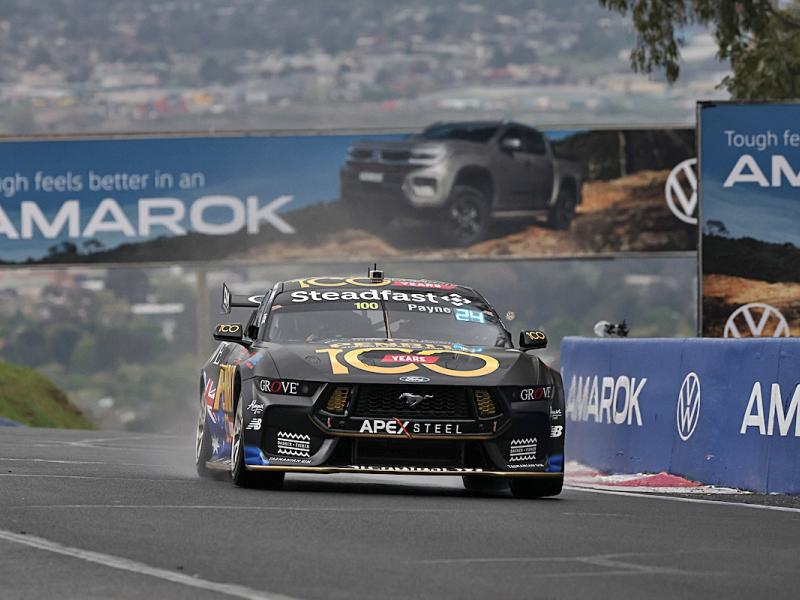[GENEVA MOTOR SHOW]
By John Oxley
I’ve made no bones about the fact that I believe the future for long-distance driving lies in the fuel cell, and finally, at the Geneva Motor Show, we saw a car that embodies the best features of fuel cell- electric, while getting over the problems of hydrogen as an on-board fuel.
Instead, the RG Nathalie uses methanol, and this is processed by the fuel cell via an electro-chemical reaction and turned into electricity which charges the batteries then drives all four wheels – up to a top speed of more than 300km/h. There’s also a plug-in option to charge the batteries for shorter totally emission-free journeys, and it’s got regenerative braking which additionally recharges the batteries on the move.
And what’s more this sexy two-seat sports coupe offers a range of 850km (at 80km/h), or 1,000km in eco mode, and can be refuelled in the same time it takes to fill up your average car with petrol or diesel.
OK, so this is a hypercar, and expensive. However, all new technology starts out expensive, and then reduces in cost (and price) as economies of scale kick in. But the Nathalie is a real car, not a concept, and has been driven at the Nurburgring, in front of dozens of journalists, to prove it. A lucky few have even got to drive it.
The Nathalie has a tubular frame and a body made of carbon fibre. It has a “normal” layout, with the fuel cell ahead of the driver, and the batteries are in the vehicle floor. The interior is sporty and modern, and the car has a decent boot and weighs just over 1,600kg. Front-rear weight distribution is 45-55.
So what does RG stand for? Well, the car is the brainchild of Polish-born Roland Gumpert, who as head of Sport and Special Developments for Audi Sport, oversaw the first major racing successes for the Audi Quattro. During this time, Audi won 25 rally titles and four rally world championships.
Gumpert famously resigned from Audi to build a sports car bearing his own name, the Gumpert Apollo. Although outrageously fast, it didn’t make much money, and the firm went bankrupt.
But the name didn’t die – a Chinese consortium bought the naming rights, and then joined forces with Gumpert himself to build the Nathalie, a 608kW coupe that leaps from rest to 100km/h in 2.5 seconds, and on to that 300km/h benchmark.
As mentioned, the secret of this car is its use of methanol as a fuel, whereas until now hydrogen has
been touted as the best alternative for a fuel cell. The methanol is heated in the unit so it gives off carbon dioxide and hydrogen, then the hydrogen is converted into electricity in the fuel cell. Methanol can be made from fossil fuels, petroleum gas, and from plant fermentation, which means it could be produced in New Zealand.
It is also a product of most of the new technologies which are being mooted as a way of turning carbon dioxide into liquid fuel, so it’s a good option, and much better to handle than petrol, much less volatile, while being infinitely cleaner than diesel.
In fact, I wouldn’t mind betting you’ve all got some in your home or workshop somewhere – it’s the basis of methylated spirits!
This mean’s a “methanol pump” could easily be added to most filling stations, and it can use the same equipment as petrol pumps, so infrastructure will not be as expensive or as intrusive as other options on the table, such as hydrogen. And it’s quick, much quicker than even the most advanced EV battery chargers.
But isn’t methanol fuel cell technology new and untested? On the contrary, it’s already being used in campervans and boats around the world to supply on-board electricity, with the advantage that the units are virtually silent, and the fuel is safer and easier to store than LPG, while giving 24/7 performance, unlike solar.
Anyway, back to the RG Nathalie. In order for the project to succeed, it needed solid backing. And that came from the formation of Aiways, a new Chinese EV manufacturer that secured NZ$2.5 billion in start-up capital, and is planning to initially build eight different electric vehicles, with a production facility in the works that can supposedly churn out 300,000 units per year.
So Gumpert has solid backing this time, and the Nathalie will be the first in a number of EV products, with the aim of producing 300,000 vehicles a year, including SUVs, an MPV, SUV Cross, sedans and a pick-up. The battery capacity of the firm’s MAS platform, which will underpin all its cars, including the RG Nathalie, ranges from 60kWh to 80kWh.
How much will it cost? Around NZ$650,000 – Rolls-Royce money. But to prove it’s no flash-in-the-pan, 500 are going to be made.
Key specs
Top speed: 304km/h.
0-100km/h 2.5 secs
Total power (four electric motors): 608kW
Battery pack: 70kWh
Chassis and body: carbon fibre
Length: 4307mm
Width (incl. mirrors): 2103mm
Height: 1310mm
Wheelbase: 2520mm






